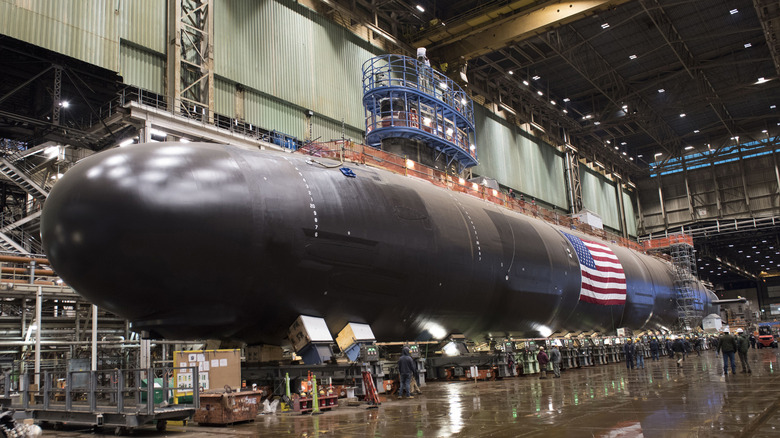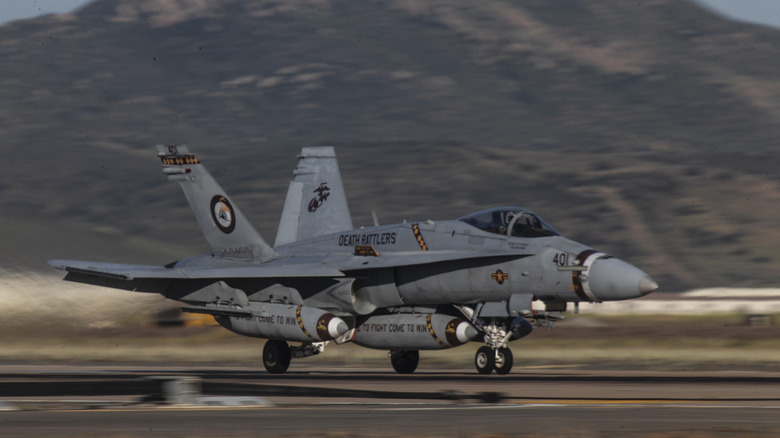US Navy Techs Forced To Salvage Parts From Their Own Subs & Fighter Jets
It might seem strange that one of the largest navies in the world is having to cannibalize its own aircraft and submarines to keep others operational. However, this is the situation as revealed by a recent U.S. Government Accountability Office (GAO) report. The report details how U.S. Navy technicians are having to salvage spare parts from Virginia-class submarines and F/A-18 Super Hornets to keep others in service. As well as reporting on the F/A-18 and Virginia-class submarines, the report also looked at the Stryker, Littoral Combat Ship, and F-35 programs.
According to the GAO, maintenance crews often face delays that could stretch to months waiting for components. In these instances, they're left with few alternatives other than stripping other assets for the parts they needed. In some cases, such as procuring F/A-18 radio frequency cables, the replacement cables could only be sourced from the original manufacturer, a process that was controlled entirely by the vendor's schedule — not ideal given the cost of an F/A-18 Super Hornet. The same scenario applies to the Virginia-class submarine fleet.
Program officials reported to the GAO that many repair and maintenance procedures require parts that can only be acquired from the original manufacturer, and again, parts are supplied at the vendor's convenience and not to the Navy's desired timeline. Additionally, the GAO identified that maintainers often have limited access to technical data and intellectual property, meaning they are unable to repair equipment without the support of contractors. The workaround? Cannibalize usable parts from other assets.
Repairing the system behind the repairs
The problems the GAO identified seem to be more procedural than fiscal. The report attributes the problem to limitations in data rights, vendor control, and sustainment planning. In short, although the Navy owns the hardware, it doesn't own the full intellectual property and data rights for many individual and often key components.
The U.S. Navy has a responsibility to keep its assets (especially one of the Navy's deadliest attack submarines) operating safely, and supply chain issues like this make this more difficult and expensive. When replacement parts are unavailable or have delivery dates that only suit the manufacturer, then the maintenance delays ripple through entire fleets, depriving the Navy of valuable assets that could otherwise be in service. The GAO noted that the situation had become so bad that Navy officials explored the idea of reverse engineering certain components to address the shortages. However, it was concluded that the process would be too expensive to justify.
The situation not only strains budgets and workloads, but if cannibalization is overused, it effectively creates a self-perpetuating backlog. In other words, the continual salvaging of parts from aircraft and submarines only shifts the problem down the line. To address the situation, the GAO put forward three recommendations: It urged updating the procedures and guidance for intellectual property and data rights, assessing new tools for reviewing technical data, and sharing lessons across procurement programs. It's hoped that such steps could reduce costs and ease maintenance bottlenecks. And, ultimately, keep more Navy assets mission-ready.

